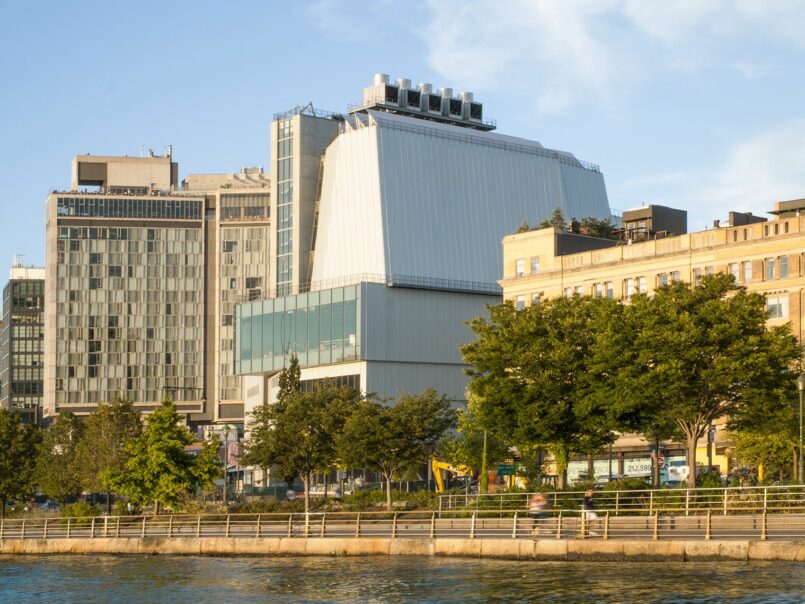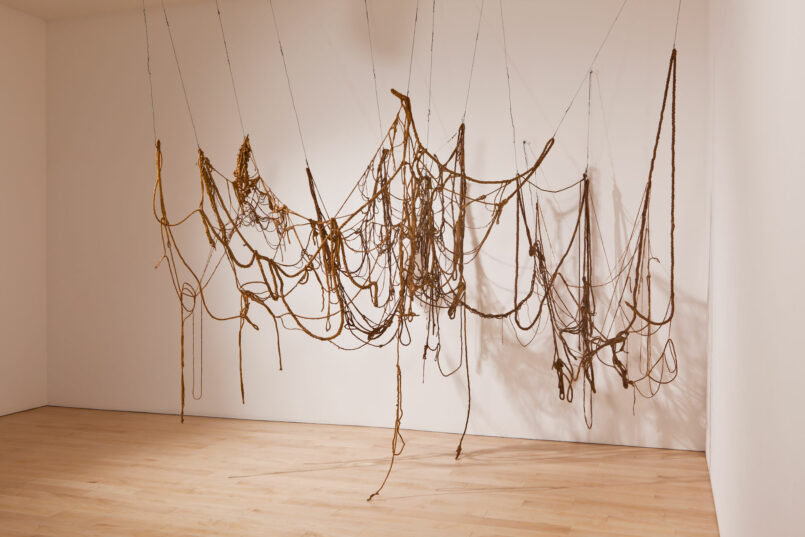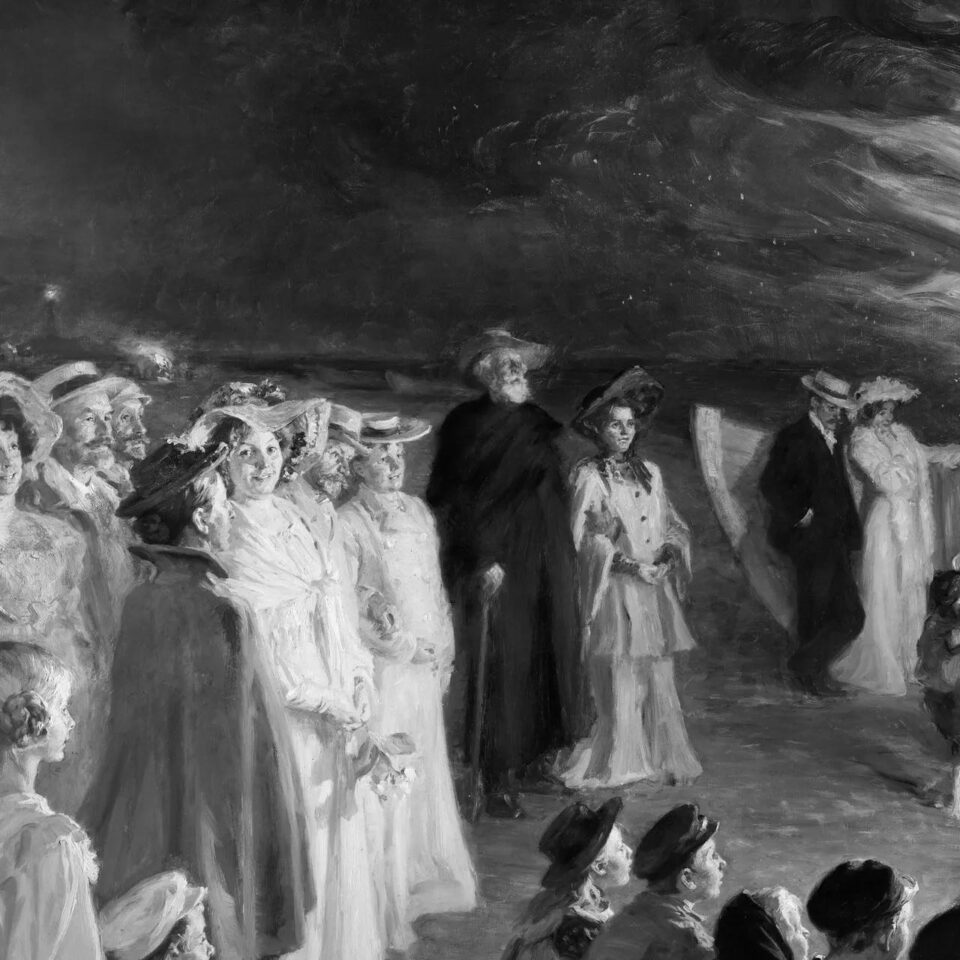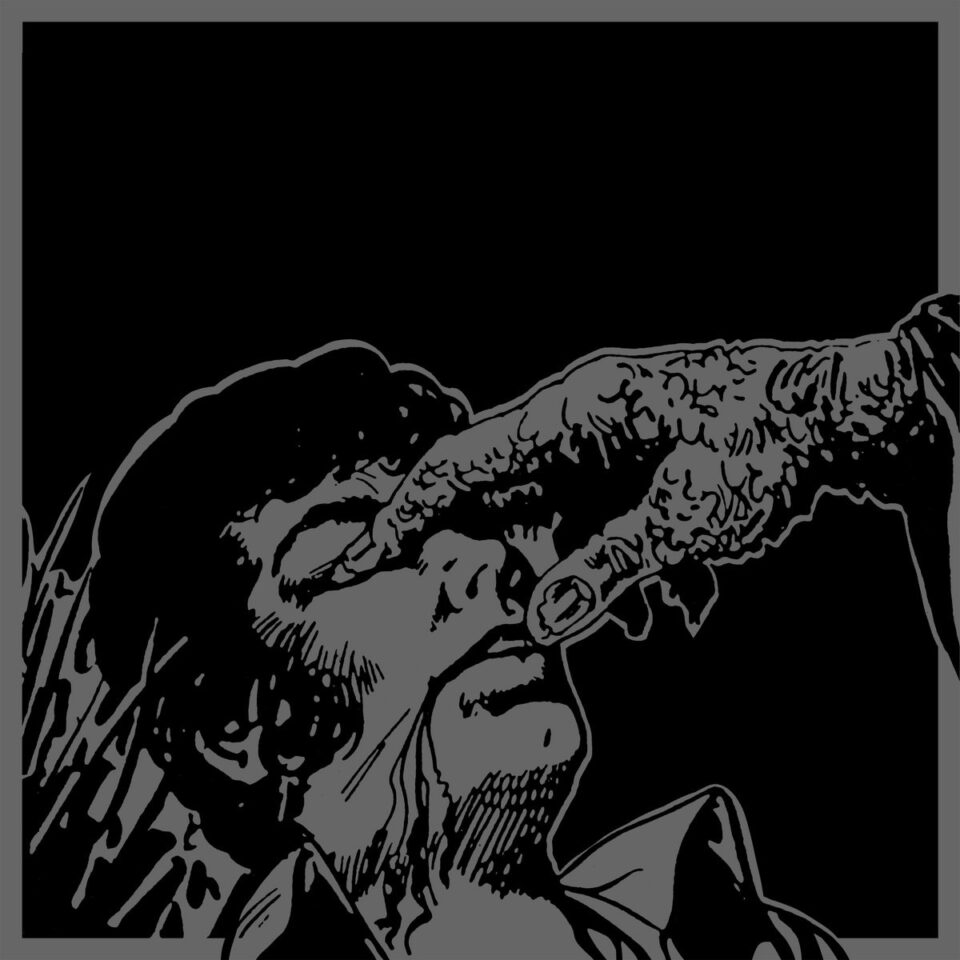“A singer will not explain the song before they sing,” said architect Renzo Piano at the opening of his latest creation, The Whitney’s staggering new building on the edge of the Meatpacking District. “So I will not explain, you need to explore.”
And you do need to explore, because The Whitney has abandoned its former space uptown in the Brutalist, Marcel Breuer–designed building and returned to its downtown roots with a new home that cost $422 million and took 28,000 tons of concrete, steel, and stone to build. Despite the cost, it’s a good move. Modern art belongs downtown, close to its plaster-of-Paris-bagel-and-cream-cheese-paperweight origins in SoHo—even if SoHo is about as arty as my left foot (but wait…what is art, anyway?).

View from the Hudson River. Photographed by Karin Jobst, 2014.
Much attention is paid to what’s inside museums, but at The Whitney’s soft opening, its framework was the focal point of the day. The steel-beamed ceilings and the elevators that feature as Richard Artschwager’s last major piece, a commission entitled Six in Four, are works of art themselves. The building’s asymmetrical angles throw interesting shadows on the street. Walls of floor-to-ceiling windows blur the barrier between pedestrians, the city, and museum visitors; outdoor terraces-cum-galleries reinforce the building as art. It doesn’t have the gravitas of The Met, nor the space of the MoMA, but you can still get lost in it.
And what’s on the inside still counts, of course. With its inaugural exhibition, America Is Hard to See (bonus points if you know who coined the term), The Whitney’s chief curator Donna De Salvo sought to redefine America’s modern art history. “We took a thematic approach,” said De Salvo, at the museum’s soft opening. “Challenging established notions of art history, even if it meant certain works were excluded.” Spanning from 1900 to the present, and floors one through eight, there are art history hits from the likes of Georgia O’Keeffe, Willem de Kooning, Alexander Calder; Warhol, Twombly, and Ruscha, of course; canvases of solid non-colors and negative space.

Eva Hesse (1936–1970). No title, (1969–1970). Latex, rope, string, and wire, Dimensions variable / Whitney Museum of American Art, New York; purchase, with funds from Eli and Edythe L. Broad, the Mrs. Percy Uris Purchase Fund, and the Painting and Sculpture Committee 88.17a b
© Estate of Eva Hesse; courtesy Hauser & Wirth.
But the fifth floor is where it gets the most interesting. Covering the late ’60s to the present, work from photographers Nan Goldin and Robert Mapplethorpe are mixed in with David Hammons’s spider-esque sculpture of human hair, shedding like ash on the floor (don’t ask if it’s supposed to be that way, you guys—security will call you a smartass!). There may be works that epitomize the “What is art?” question (my left foot?), but when you stand in front of pieces like Eva Hesse’s giant, gothic cat’s cradle of latex, rope, string, and wire, something happens inside you. I’m not quite sure what it is, but it makes you want to reach out and connect with the work. Maybe finger the tiny crack vials in Candy Jernigan’s Found Dope: Part II, each one shining like a small jewel, and imagine the treasure they were to the crackhead.
Which is exactly what I was doing (imagining, not fingering) when my reverie was broken: “I wouldn’t hang it up on my wall,” someone says. Loudly.
To whom I replied, “Well, good thing it’s not your wall, art-hole.” FL
The Whitney opens to the public on May 1, and America Is Hard To See runs through September 27.
The Whitney is located at 99 Gansevoort Street, New York City, New York.









